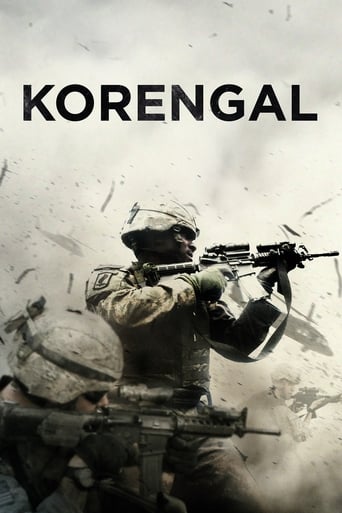
30 May 2014

Korengal
Korengal picks up where Restrepo left off; the same men, the same valley, the same commanders, but a very different look at the experience of war.
By immersing themselves in a Taliban village, and after gaining very rare access to major institutions, the directors shed a disturbing light on today's Taliban society, and on the workings of this ultra-conservative parallel state. whose leaders have just symbolically moved into the presidential palace, to assert a stranglehold that foreshadows the Afghanistan of tomorrow.

30 May 2014

Korengal picks up where Restrepo left off; the same men, the same valley, the same commanders, but a very different look at the experience of war.
15 Nov 2008
A powerful and poignant film in which families and friends of those who have died fighting in Afghanistan and Iraq talk openly about their loved ones and their grief. Epic in scale and spanning seven years of war, this landmark three-hour film gives a rare insight into the personal impact and legacy of this loss.
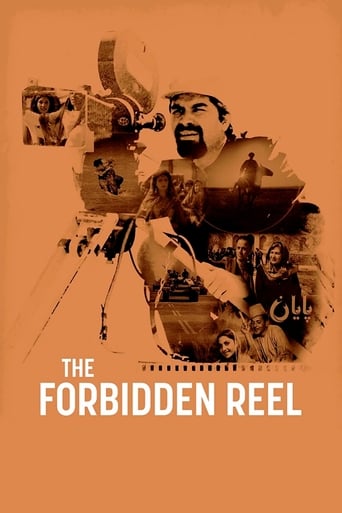
03 Mar 2020

According to the official history of Afghanistan, ruthless destruction has always prevailed over art and creation; but there is another tale to be told, the forgotten account of a diverse and progressive country, seen through the lens of innovative filmmakers, a story that survives thanks to a few brave Afghans, a small but very passionate group that secretly fought to save a huge film archive that was constantly menaced by war and religious fanaticism.
01 Jan 2011
No overview found
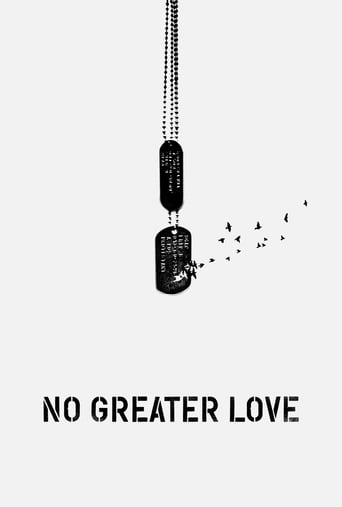
10 Nov 2017

No Greater Love explores a combat deployment through the eyes of an Army chaplain, as he and his men fight their way through a hellish tour in one of the most dangerous places in Afghanistan and then as they struggle to reintegrate home.
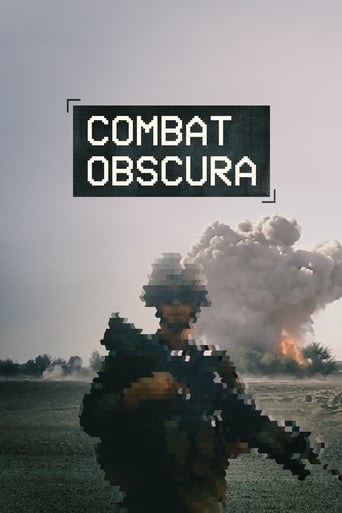
01 Mar 2018

Former combat videographer Miles Lagoze presents personal footage of U.S. Marines in the Afghan war zone.
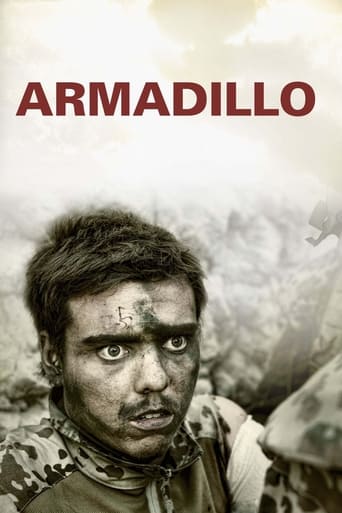
27 May 2010

Danish soldiers are sent to Afghanistan in 2009 for 6 months, to help stabilize the country against the Taliban. They're stationed on Armadillo military base in Helman province. Unlike other war movies, this is the real deal – no actors.
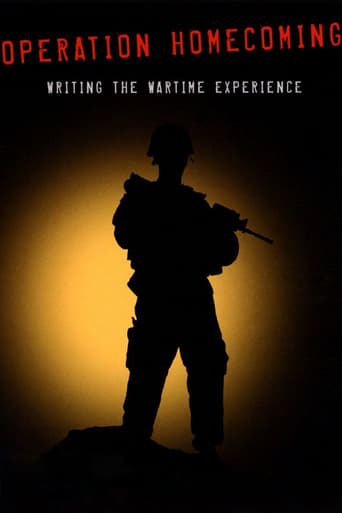
09 Feb 2007

A unique documentary about troops' experiences in Iraq and Afghanistan, based on writings by soldiers, Marines, and air men.
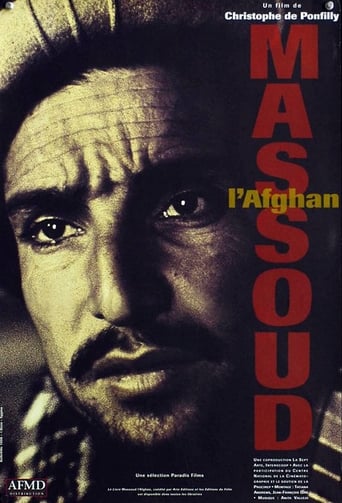
30 Sep 1998

The friendship between Christophe de Ponfilly and Commander Massoud, a legendary figure of the Afghan resistance against the Soviet invader, goes back to the filmmaker's first film, "A Valley Against an Empire", made in 1981. Fifteen years later, weakened, isolated, betrayed by many of his own, the "Lion of Panshir" has not surrendered to his new and implacable enemies, the Taliban. While preparing his next offensive, he evokes his commitment and his fights, and bears witness to a history in which he has been one of the main actors for twenty years. At the same time, the director questions the role and power of the media, as well as his own approach as a filmmaker. Commander Massoud was killed in an attack in September 2001.
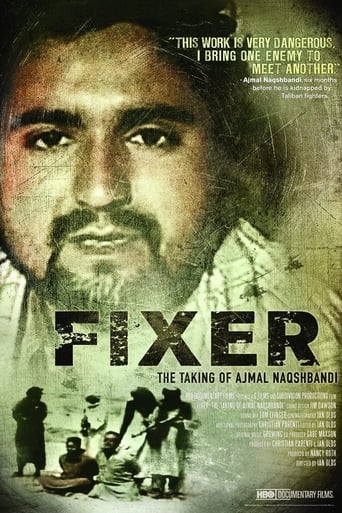
12 Mar 2010

In 2007, the Taliban kidnapped 24-year-old Ajmal Naqshbandi and an Italian journalist. Naqshbandi was one of Afghanistan's best "fixers" -- someone hired by foreign journalists to facilitate, translate, and gain access for their stories.
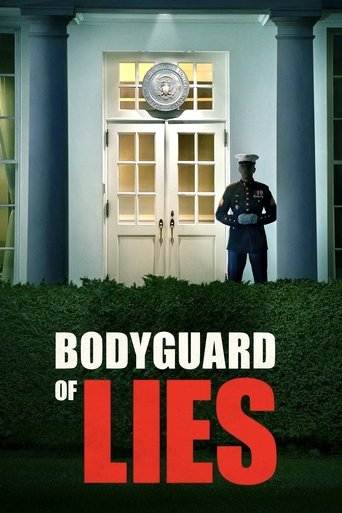
12 Sep 2025

Exposes the tangled web of deception spun by the U.S. government during its 20-year war in Afghanistan, revealing the campaign of lies and misinformation fed to the American public. Through shocking testimonies from government insiders, confidential documents, and private audio recordings of those at the highest levels of the military and elected leadership, this gripping documentary urges a reckoning with the wider implications of government deception on a global scale.
06 Mar 2004
In March 2001, the ruling Taliban destroyed Afghanistan's foremost tourist attraction, the 1600 year-old Buddhas of Bamiyan. This film follows the story of one of the refugees who now lives among the ruins….an eight-year-old boy named Mir.
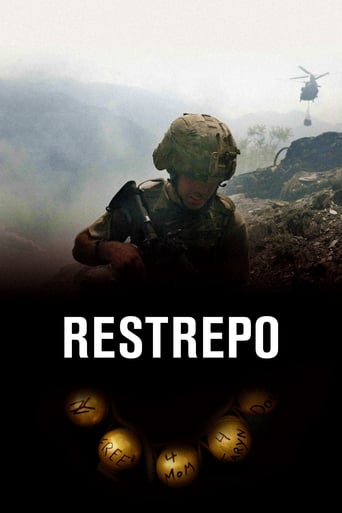
25 Jun 2010

Directors Hetherington and Junger spend a year with the 2nd Battalion of the United States Army located in one of Afghanistan's most dangerous valleys. The documentary provides insight and empathy on how to win the battle through hard work, deadly gunfights and mutual friendships while the unit must push back the Taliban.
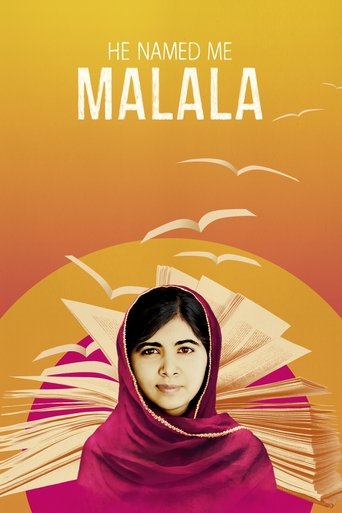
12 Sep 2015

A look at the events leading up to the Taliban's attack on the young Pakistani school girl, Malala Yousafzai, for speaking out on girls' education and the aftermath, including her speech to the United Nations.

16 Nov 2004

Filmed by the first-ever team of women video journalists trained in Afghanistan, this uncompromising film reveals the effects of the Taliban's repressive rule and U.S.-sponsored bombing campaign on Afghan women.
05 Jan 2023
9/11 marked a new era in global terrorism, and a "War on Terror" was launched by the US. Since then, trillions have been spent on conventional warfare, counter-terrorism, secret intelligence, homeland security, cyberdefence and more, in pursuit of a sometimes indefinable enemy. We look at the costs and impact of this effort. Is there less terrorism today than before the war started? Is our world any safer?
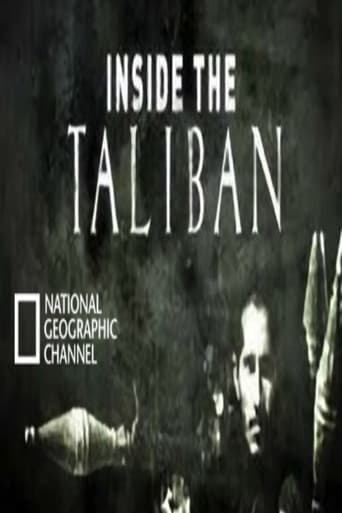
04 Jun 2007

Six years ago, U.S.-led forces drove the Taliban from power in Afghanistan for providing sanctuary to al Qaeda terrorists. Now, these Islamist militants are back.
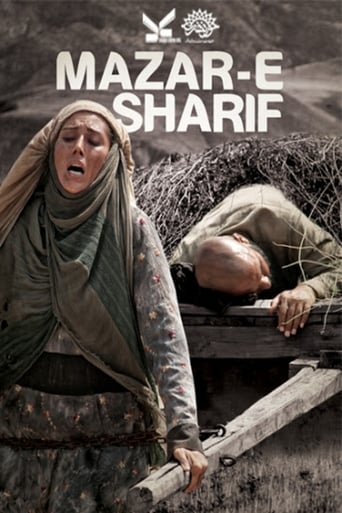
09 Sep 2015

An Iranian diplomat who miraculously survived Taliban's raid on the Iranian consulate in Mazar E Sharif (Afghanistan) narrates his 19 days of hide and escape to reach Iran's borders meanwhile on the other side, the Iranian troops are preparing for retaliation.
11 May 2013
Jawed Taiman takes a distinct look at Afghanistan and lets the Afghan people have their say. En route through the different provinces, through urban and rural regions, in discussion with intellectuals and simple folk, politicians and Taliban fighters a multifaceted picture emerges of a country that is often portrayed as incomprehensible.

20 Dec 2023

No overview found